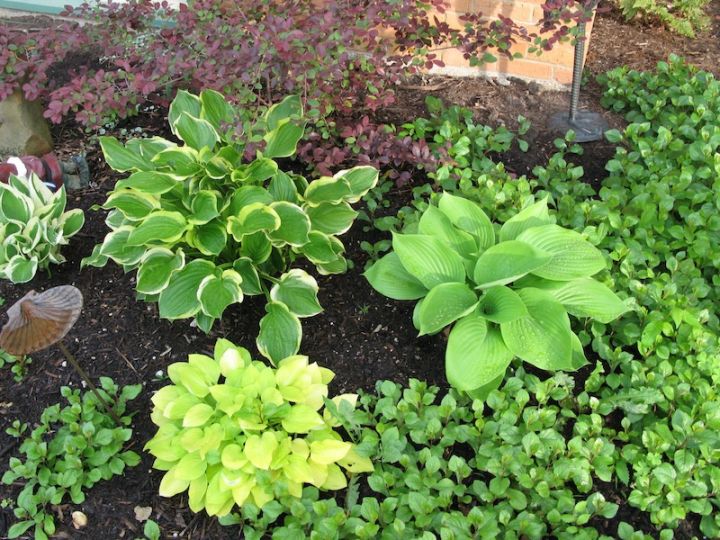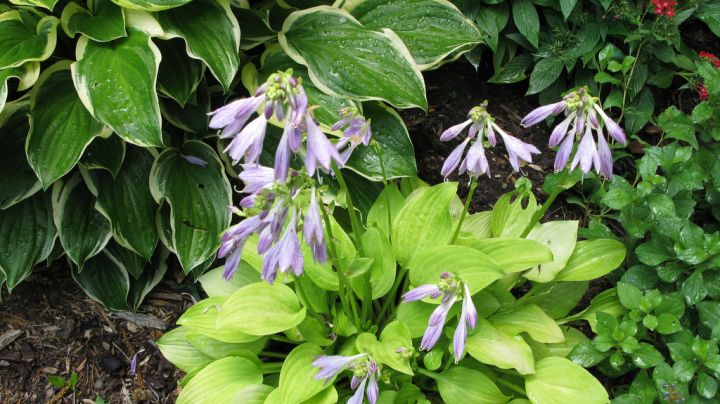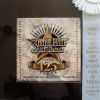Got Shade? Grow Hostas.
July 20, 2015 | By webadmin
When you need color and texture in the shade garden, there aren’t many perennials more perfect than hostas. While hostas do sport elegant spikes of flowers in summer, it’s their foliage that is truly in demand for shady garden spots.
Depending on the variety, hostas can grow from a diminutive six-inches tall with a 12-inch spread, up to 36-inches tall and wide. Foliage hues range from bright chartreuse to deep greens with creamy edges; to unique shades of blue-gray. Flowers are often either lavender or white, with a few varieties offering up a lovely fragrance. Once you start searching local garden centers, you’ll be amazed by the selection you have to choose from.

Choosing the right environment
Here in North Texas, planting hostas in a full shade area is ideal. However most hostas can also tolerate a bit of direct morning sun. A northern exposure is often the perfect environment for a hosta. Woodland gardens, beds shaded by large trees and even shaded patio containers are all excellent spots for hostas to thrive. Fall is a great time to establish new hostas; but if you don’t want to wait you can easily keep them as patio plants now then transplant into the garden in fall.
Good soil is another key component to growing gorgeous hostas.
Rich, nutrient dense soil that holds moisture well but doesn’t keep soil soggy is best for your hostas. Enrich the soil by adding compost to loosen, improve drainage and also increase moisture control. Adding expanded shale will further improve drainage. Once planted, be sure to mulch heavily to insulate plant roots and retain moisture during summer months.
Got slugs?
When it’s rainy and humid, you might have some unwanted visitors to your hostas. Slugs are particularly fond of their succulent foliage, so keep an eye out for the pests during spring and fall. There are natural slug controls available for your garden beds that are safe for pets and wildlife.

By combining different varieties, you can create a unique palette of colors and textures.
Our hot summers can sometimes take their toll on hostas. Some foliage may die back during the hottest part of the summer; if it does cut off dead leaves to allow for new growth in fall. After the first hard frost, hostas will die back to the ground. At this point, cover with mulch for winter and just when you’ve forgotten about these lush plants, they’ll surprise you by peeking out of the soil the following spring.
